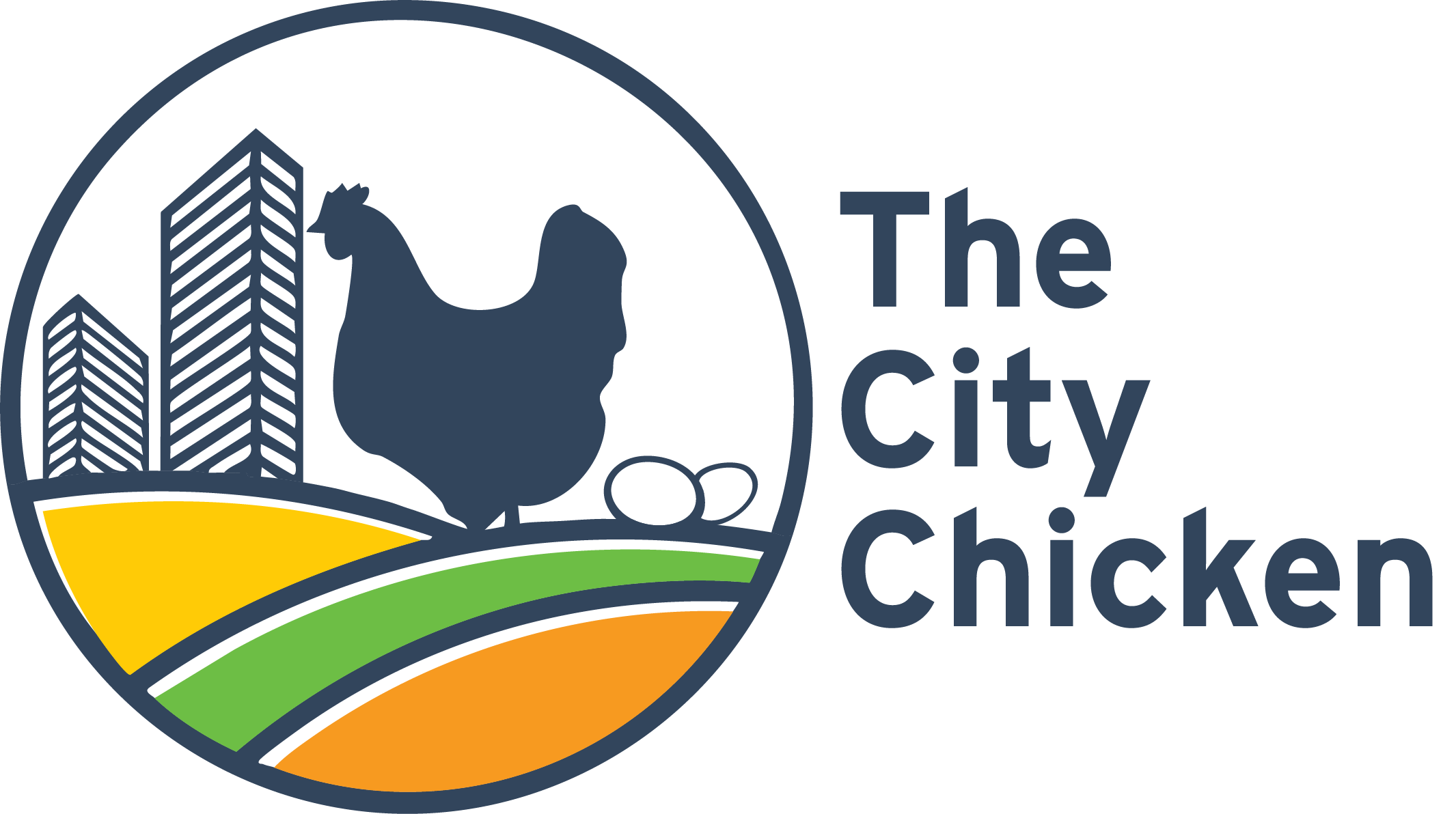Silkie Chickens: Characteristics and Care
Silkie chickens are a unique breed of chicken known for their fluffy, soft feathers and gentle nature. They are a popular choice for backyard flocks and are often kept as pets due to their friendly personalities. In this article, we will explore the history, characteristics, care, and breeding of Silkie chickens.

Silkie chickens are believed to have originated in China, where they were highly valued for their meat and believed to have medicinal properties. They were brought to Europe in the 1800s and quickly became popular due to their unusual appearance and sweet temperament. Today, Silkie chickens are recognized by many poultry organizations and are a beloved breed among chicken enthusiasts.
If you are considering adding Silkie chickens to your flock or are simply curious about this unique breed, keep reading to learn more about their history, characteristics, and care. From egg-laying to feeding and housing, we will cover everything you need to know about keeping Silkie chickens happy and healthy.
Key Takeaways
- Silkie chickens are a unique breed known for their fluffy feathers and gentle nature.
- They originated in China and were brought to Europe in the 1800s.
- Silkie chickens are popular among backyard flock owners and are often kept as pets.
History and Origin
Silkie Chickens are an ancient breed with a rich history that dates back over 2,000 years. The exact origin of the Silkie is not known, but it is believed to have originated in China or Southeast Asia. According to Wikipedia, the most well-documented point of origin is ancient China, although other places in Southeast Asia have been named as possibilities, such as India and Java.
Ancient Roots
Silkies have been a popular trade item on the Silk Road, which was a network of trade routes that connected the East and West. The breed is named after the Silk Road because of its popularity in the trade. Silkies were highly prized for their unique appearance, friendly personality, and mothering skills.
Silkies were first introduced to Europe in the early 19th century and quickly became popular. They were first recognized by the American Poultry Association in 1874.
Modern Popularity
Today, Silkie Chickens are popular for their unique appearance, docile nature, and mothering skills. They are often kept as pets and are also used for exhibition purposes. According to The Happy Chicken Coop, Silkies are known for their broodiness and make excellent mothers. They are also popular for their meat, which is considered a delicacy in some countries.
In recent years, Silkie Chickens have gained popularity as a backyard breed. They are easy to care for and make great pets. They are also popular for their ability to lay eggs, although they are not as prolific as some other breeds.
In conclusion, Silkie Chickens have a long and fascinating history that dates back over 2,000 years. They are an ancient breed that is still popular today for their unique appearance, friendly personality, and mothering skills.
Breed Characteristics
Physical Description
Silkie chickens are a unique breed with several distinctive physical characteristics. They have a small, round head with a short, broad beak that is usually blue or gray in color. Their eyes are black, and they have a small, combless head. They also have a short, broad back and a full, rounded breast.
One of the most notable features of the Silkie chicken is its fluffy, fur-like feathers. These feathers are soft, silky, and hair-like, and they cover the bird’s entire body, including its legs and feet. This gives the Silkie chicken a unique appearance that sets it apart from other breeds.
Silkie chickens are also known for their five toes, which is one more toe than most other chicken breeds. Their toes are usually feathered, which gives them a furry appearance. They have black skin and bones, and their earlobes are a distinctive turquoise blue color.
Color Varieties
Silkie chickens come in several different color varieties, including black, blue, buff, gray, partridge, and white. They can also have a combination of these colors, such as black and white or blue and buff.
The color of a Silkie chicken’s feathers is determined by its genetics, and breeders can selectively breed for certain colors. However, the color of a Silkie chicken’s skin and bones is always black, regardless of its feather color.
In addition to their distinctive appearance, Silkie chickens are also known for their gentle, friendly personalities. They are easy to handle and make great pets, especially for children. They are also excellent brooders, and many people use them to hatch eggs from other breeds. Overall, the Silkie chicken is a unique and interesting breed with a lot of character.
Care and Husbandry

Feeding Requirements
Silkie chickens have specific dietary needs that must be met to ensure their health and wellbeing. A balanced diet for these birds should include a combination of commercial chicken feed, fresh fruits and vegetables, and clean water. They also require a source of grit to aid in digestion.
It is important to note that Silkie chickens have a tendency to become overweight, so it is crucial to monitor their food intake and provide plenty of opportunities for exercise. Overfeeding can lead to health problems such as fatty liver disease and heart issues.
Housing Needs
Silkie chickens are relatively small birds, but they still require adequate space to live comfortably. A coop with 3-4 square feet of space per bird is recommended, with an additional 8-10 square feet of space per bird in the run.
Their coop should be well-ventilated, dry, and clean. Bedding material such as straw or wood shavings should be provided and changed regularly. It is also important to provide roosting space for the birds to sleep on at night.
Health and Wellness
Silkie chickens are generally healthy birds, but they are susceptible to certain health issues. Common problems include respiratory infections, mites and lice infestations, and egg binding in females.
To maintain their health, it is important to provide regular veterinary care and keep their living space clean and dry. It is also recommended to quarantine new birds before introducing them to the flock to prevent the spread of disease.
Overall, with proper care and attention, Silkie chickens can thrive and make wonderful additions to any backyard flock.
Breeding and Reproduction
Mating Practices
Silkie chickens are known to be broody birds, meaning they have a strong desire to incubate their eggs and raise their chicks. They are also known to be very gentle and caring mothers, making them a popular choice for those looking to breed their own chickens.
When it comes to mating practices, Silkies are known to be very active breeders. They are capable of breeding year-round, but the best time to breed them is during the spring and summer months when the days are longer and the weather is warmer.
In order to breed Silkies, it is important to have a ratio of one rooster to every eight hens. This will ensure that the hens are not overbred and that the roosters do not become aggressive.
Incubation and Hatching
Silkie chickens are known for their broodiness, which means they have a strong instinct to incubate their eggs and care for their chicks. However, if you are looking to incubate and hatch Silkie eggs artificially, there are a few things you should keep in mind.
First, it is important to ensure that the eggs are stored properly before incubation. They should be kept at a temperature of around 50-60 degrees Fahrenheit and should be turned regularly to prevent the yolk from sticking to the shell.
Once you are ready to incubate the eggs, they should be placed in an incubator set to a temperature of around 99-100 degrees Fahrenheit. The eggs should be turned regularly, and the humidity should be kept at around 50% until the chicks are ready to hatch.
When the chicks are ready to hatch, they will start to peck their way out of the shell. It is important not to interfere with this process, as the chicks need to work their way out of the shell on their own to strengthen their muscles and lungs.
Overall, breeding and hatching Silkie chickens can be a rewarding experience for those looking to raise their own flock. With the right conditions and care, these gentle birds can thrive and produce healthy, happy chicks.
Silkie Chickens in Culture

Silkie chickens are not only beloved for their unique appearance and docile nature, but they also hold a special place in various cultures around the world. Here are some interesting facts about Silkie chickens in culture.
Show Standards
Silkie chickens are a popular breed for poultry shows, where they are judged based on their conformity to breed standards. According to The Happy Chicken Coop, the American Poultry Association (APA) recognizes eight standard colors for Silkie chickens, including black, blue, buff, gray, partridge, self-blue, splash, and white. The APA also has specific guidelines for the size, shape, and color of their feathers, skin, and comb.
Symbolism and Folklore
Silkie chickens have been a part of various cultural traditions and folklore for centuries. In Chinese culture, they are known as wu gu ji, which translates to “black-boned chicken,” and are believed to have medicinal properties. They are also associated with yin and yang, as their black skin and bones are said to represent yin, while their white feathers represent yang.
In Scottish folklore, Silkie chickens are believed to be shape-shifting creatures that can transform into humans. According to legend, if a man captures a Silkie hen and hides her feather cloak, she will be forced to stay with him and become his wife. However, if she ever finds her cloak, she will return to her true form and leave him.
Overall, Silkie chickens have captured the hearts and imaginations of people around the world, not just for their unique appearance and gentle nature, but also for their rich cultural significance.
Frequently Asked Questions

What are the common uses for Silkie chickens?
Silkie chickens are primarily kept as ornamental birds due to their unique appearance and friendly disposition. However, they are also used for their meat and eggs in some cultures.
How often do Silkie chickens lay eggs?
Silkie chickens are not known for their high egg production. On average, they lay about 100-130 eggs per year. However, they are known to be excellent brooders and will happily sit on eggs to hatch them.
What are the recognized colors of Silkie chickens?
Silkie chickens come in a variety of colors including black, blue, buff, gray, partridge, and white. They can also come in a combination of these colors.
Can Silkie chickens be used for meat production?
Silkie chickens are not typically used for meat production in Western countries due to their small size and lower meat yield. However, they are commonly used for meat in Asian cuisine.
What are the unique characteristics of Silkie chickens?
Silkie chickens are known for their fluffy feathers, which feel more like fur than feathers. They also have blue-black skin, black bones, and five toes instead of the usual four. They are also known for their calm and docile temperament, which makes them great pets for children.
Are Silkie chickens suitable for backyard pets?
Silkie chickens are excellent backyard pets due to their small size, friendly nature, and unique appearance. They do well in smaller spaces and are not known for being noisy or disruptive. However, they do require some special care due to their fluffy feathers, which can get matted and dirty if not properly maintained.







